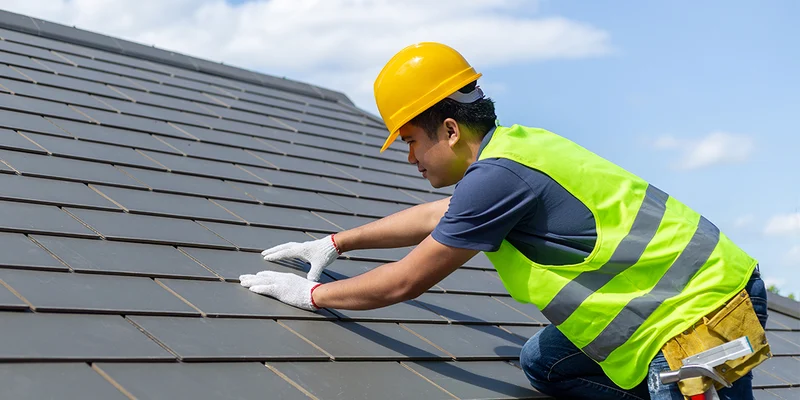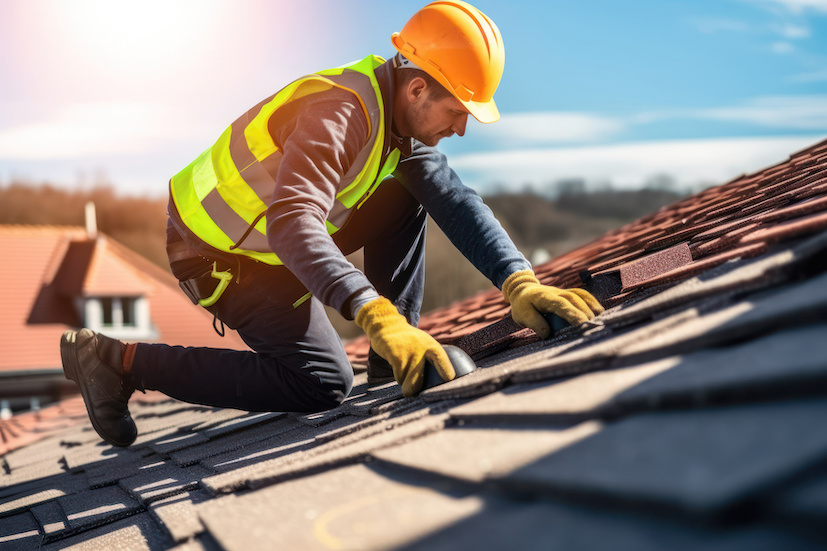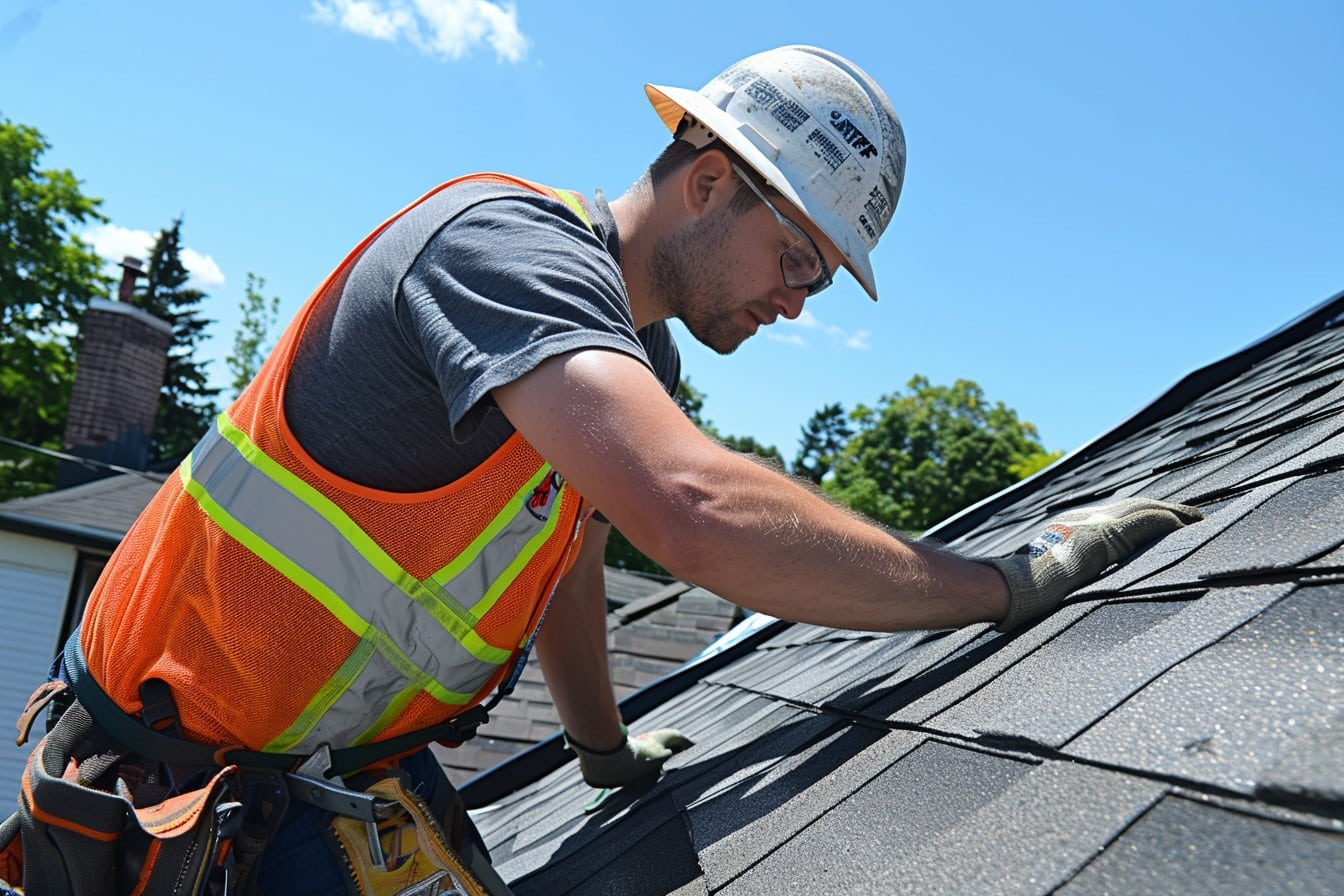
Routine roof inspections are essential for maintaining your home and catching problems early. SK Quality Roofing Inc is a reliable roof inspection company offering comprehensive evaluations for homeowners across Broward County. Our detailed inspections identify wear, leaks, and potential hazards before they lead to costly repairs. Whether after a storm or as part of regular maintenance, our experts give you peace of mind with honest, thorough assessments. Protect your home by staying informed. Call (561) 276 8040 for a free consultation and let SK Quality Roofing Inc provide the roof inspection services your property deserves.
Common Issues Found During Roof Inspections
Roof inspections in South Florida rarely end with a perfectly clean bill of health. Heat, humidity, salt air, and sudden wind gusts combine to wear down even the best roofing systems. Homeowners who understand the problems inspectors most often uncover can address them early, saving time and money while extending roof life. The sections below outline the issues a licensed professional is likely to flag during an assessment in Broward County.
Loose or Missing Shingles and Tiles
High-velocity summer squalls test every nail and fastener. An inspection often reveals shingles with lifted corners or cracked tabs, plus occasional clay or concrete tiles that have slipped out of place. While a single missing unit may look harmless, the gap exposes underlayment to ultraviolet radiation and driving rain. Inspectors mark these spots for immediate replacement before water wicks beneath surrounding pieces.
Granule Loss on Asphalt Surfaces
Granules shield asphalt from solar heat. Broward’s UV index accelerates their breakdown, and an inspector may find gutters coated with coarse, sand-like residue. Bald areas on shingle faces cue the same problem. Once the protective layer thins, shingles dry out and curl. Early detection lets a roofer replace small sections rather than scheduling a premature reroof.
Hairline Cracks in Concrete or Clay Tiles
Hairline fractures form when rapid temperature swings cause expansion and contraction. Salt crystals in coastal air seep into those fissures, widening them over time. Inspectors walk tile roofs, tapping gently with a soft mallet and listening for hollow sounds that betray hidden cracks. Re-seating or replacing the affected tiles restores integrity before tropical downpours turn minor fractures into leaks.
Corroded or Detached Flashing
Metal flashing guards chimneys, valleys, walls, and skylights—places where two surfaces meet. Salt-laden breezes corrode galvanized steel and even lower-grade aluminum. Inspections frequently show rust spots, loose nail heads, or dried sealant pulling away from edges. Tightening fasteners and applying a fresh bead of high-grade polymer sealant prevents water intrusion along these critical joints.
Worn or Exposed Underlayment
South Florida’s intense sun bakes roofing membranes. If shingles or tiles shift, bare underlayment can crack in weeks. Inspectors look for exposed felt or synthetic sheets bleached by sunlight. Any area where UV degradation appears requires prompt covering with matching shingles or a compatible patch of peel-and-stick membrane.
Soft or Spongy Roof Decking
Walking a roof should feel solid. When inspectors notice spongy spots, they suspect water-soaked plywood below. Further investigation from the attic side may reveal dark staining or wood rot. Replacing the compromised decking squares and correcting the leak source keep structural repairs manageable.
Nail Pops and Backed-Out Screws
Heat cycles cause wooden decking to expand and contract, pushing nails upward. On metal or tile systems, screws can loosen as sealing washers dry out. Raised fasteners puncture overlying materials or create gaps around washers. An inspection pinpoints these locations so technicians can reset or replace hardware and reseal penetrations.
Blocked or Undersized Attic Ventilation
Proper airflow removes heat and moisture from attic spaces. Inspectors often find soffit vents clogged with paint or insulation and ridge vents partially blocked by debris. Restricted ventilation traps humid air, encouraging mold growth and accelerating shingle aging from below. Clearing obstructions and balancing intake and exhaust vents protect both the roof deck and indoor air quality.
Moss, Algae, and Lichen Colonies
Black streaks, green patches, or gray crust on roofing surfaces signal biological growth. In Broward’s moist climate, spores thrive on shaded slopes, especially those facing north. Besides staining, moss can lift shingles and trap water. Inspectors recommend gentle chemical cleaning and, if needed, installing zinc or copper strips near the ridge to inhibit regrowth.
Improperly Sealed Roof Penetrations
Every vent pipe, satellite bracket, or solar mounting point pierces the roof surface. Missing neoprene boots, cracked gaskets, or brittle sealant beads allow slow leaks. Inspectors scrutinize each penetration, verifying that flashing sleeves overlap shingle courses correctly and that sealant remains flexible. Quick resealing prevents hidden moisture damage in the attic.
Gutter and Downspout Problems
Although gutters sit below the roof line, they play a vital role. Inspections often reveal troughs packed with palm fronds, seed pods, or granules. Blocked gutters overflow, sending water under starter shingles and into fascia boards. Inspectors also check downspout connections and make sure runoff directs at least three feet from the foundation to avoid saturation near walls.
Ponding on Low-Slope Areas
Some homes combine pitched sections with low-slope patios or additions. Inspectors look for standing water rings or algae halos that indicate inadequate drainage. Persistent ponding stresses membranes and causes premature blistering. Solutions range from installing tapered insulation to adding additional scuppers or internal drains.
Previous Repair Shortcuts
Not every past fix meets current code or best practice. Inspections sometimes uncover asphalt patches smeared over tile, incompatible roofing cement slathered around vent boots, or shingles fastened with staples instead of nails. Identifying and remedying sub-standard workmanship restores the roof’s defensive layers and can satisfy insurance requirements.
Edge Metal and Drip Flashing Deficiencies
The leading edge of a roof catches the brunt of wind uplift. Missing or corroded drip flashing lets gusts get underneath starter courses. Inspectors measure overhang, confirm proper nail spacing, and verify that self-adhered underlayment extends far enough onto the fascia. Strengthening this first line of defense can prevent large-scale shingle peeling during storms.
Sagging Ridge Lines or Valleys
Visual sag along a ridge or in a valley hints at structural fatigue. Causes vary—long-term water intrusion, undersized rafters, or excessive weight from multiple shingle layers. Inspectors note such deflection and may recommend a structural engineer’s evaluation. Early reinforcement avoids costly rafter replacements later.
Sealant Failure on Skylights and Solar Panels
Skylight curbs and solar mounting rails rely on elastomeric sealants that degrade under UV. Inspections often reveal cracked beads or gaps where rails meet flashing. Re-caulking with a high-performance product rated for South Florida conditions reinstates a watertight seal.
Impact Damage from Debris
Hail is rare but not unknown in Broward, and wind-blown tree limbs are common. Inspectors scan for dents on metal panels, fractured tiles, or clusters of bruised shingles with missing granules. Documenting impact zones early supports insurance claims and guides targeted repairs.
Disconnected or Damaged Satellite Dish Mounts
Older satellite dishes sometimes remain after service contracts end. Loose mounts leave unsealed lag-bolt holes. An inspection may recommend removing unused equipment, properly patching holes, and installing matching shingles to restore an uninterrupted water barrier.
Professional Roof Inspection Company in Broward County
Regular inspections can save you thousands by identifying roofing problems before they become emergencies. As a trusted roof inspection company in Broward County, SK Quality Roofing Inc is committed to helping you stay ahead of leaks, weather damage, and structural concerns. Our thorough assessments provide clear insight into your roof’s condition so you can make informed decisions. Whether you’re maintaining your home or preparing for a storm, we’re here to help. Call (561) 276 8040 to schedule a free consultation and let SK Quality Roofing Inc give your roof the professional attention it deserves.


